In Honghe County, Yunnan Province,dry-hot valley is a typical ecological landscape, which is rich in sunshine and heat resources, but alsosuffers from drought, deficiencyof rain and sparse vegetation. Under this circumstance, calotropis gigantea survives. In 2007, Professor Li Yuling, from the College of Textiles of Donghua University, firstly knew about calotropis gigantea and found that the aigret obtained from this natural hollow-fiber plant could be used in textile production, for itssilk-liked smooth texture of fabrics and the breathability and comfort, which is worth promoting as an eco-friendly natural fiber material.
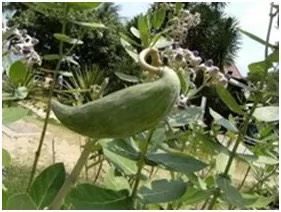
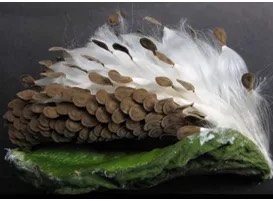
(Calotropis gigantea)
Chemical fibers have been commonly used in daily life and replaced the 5,000-year-old natural fibers as the main raw material in the textile industry. However, a severe resource problem is that the existing chemical synthetic fibers are based on the consumption of large amounts of non-renewable petroleum resources, and most of the waste is non-degradable.
With the concept of "Green Manufacturing," Professor Li Yuling, professional in the field of textile composites, led his team to research on the calotropis gigantea. They thought the future development of the textile industry could rely more on the use of natural resources.
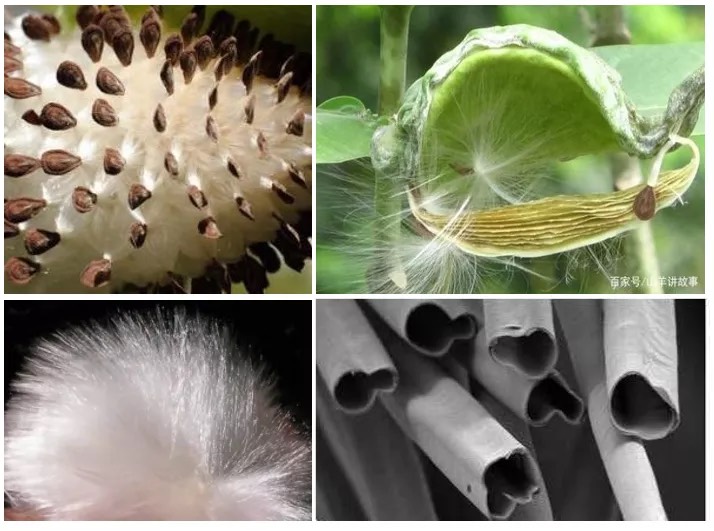
(Fruit of Calotropis gigantea)
Calotropis gigantea is a characteristic woody germplasm resource of Yunnan Province, featured in resistance to drought, salinity, and infertile,. Besides, it is also an important native tree species for ecological restoration. Its seed hair fiber is a new eco-friendly natural plant fiber, which is soft and smooth to the touch, high hollowness, and moisture-absorbent. Therefore, it can be used for thermal insulation, water and oil absorption, and buoyancy. At the same time, its large-scale cultivation is also an effective way for the locals to realize the integration of ecological and economic benefits.
At the initial stage of sample collection, Professor Li's team found that the collection and processing of calotropis gigantea are entirely manual, and the black seeds attached to the extracted fibers are difficult to remove manually. Once the melon is ripe, it falls to the ground and "blows up", in which it can only be picked in advance and manually opened. In this case, it is hard to guarantee the efficiency, and the quantity for experimental use. Thus, Prof. Li Yuling started from the source and researched the key technology in the extraction process from melon to fiber.

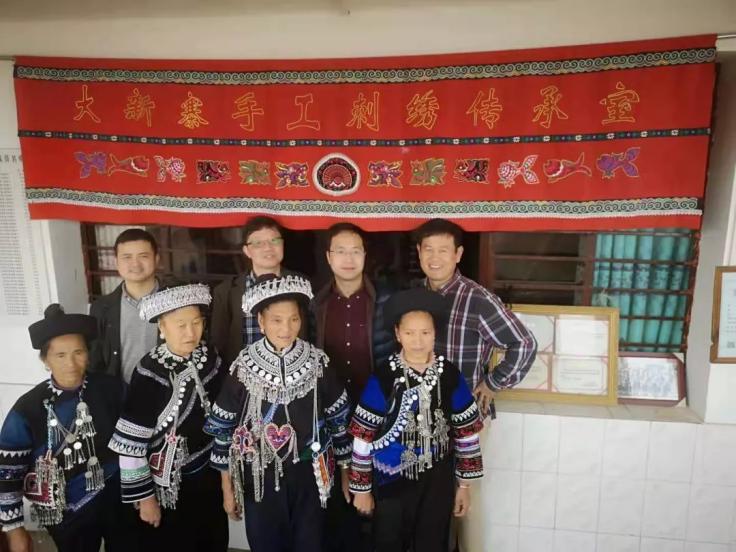
(Site Visit of the Fiber Products Application)
Referenced to the past drying process in the yarn applied the slurry for the improvement ofthe weavability, Prof. Li Yuling decided to use microwave thermal effect to ripen the melon, which shares the similar principle of heating eggs with a microwave turning into “ bomb”, given the late local heat transfer. This idea was ultimately confirmed in the laboratory that using the microwave in the process of fruit-bearing can not only reduce the energy consumption but also enables the calotropis gigantea to open at a specific time during its ripening period, ensuring that the fruit fiber can be extracted with high quality.
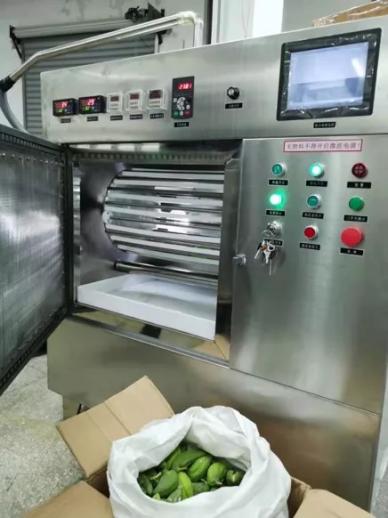
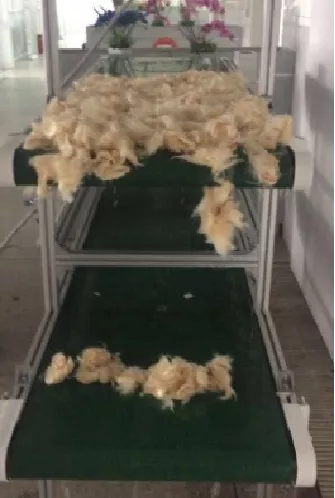

(Base Site Visit)
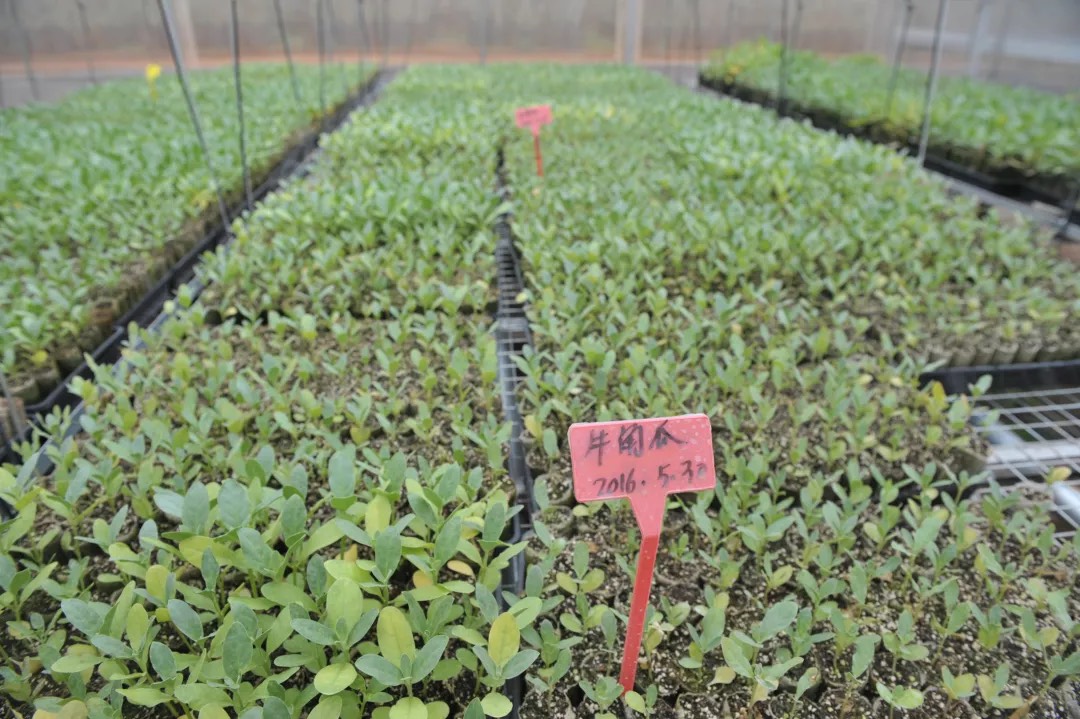
(Seedling Base)

(Large-scale Cultivation)


